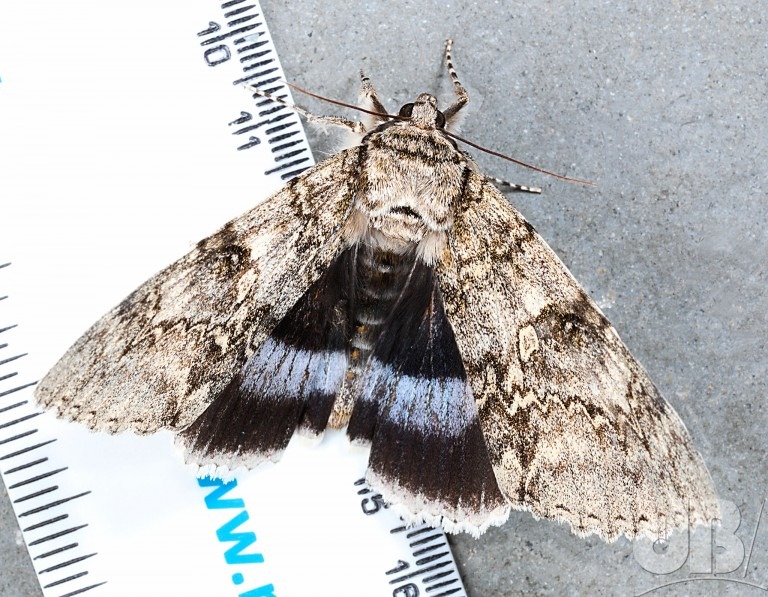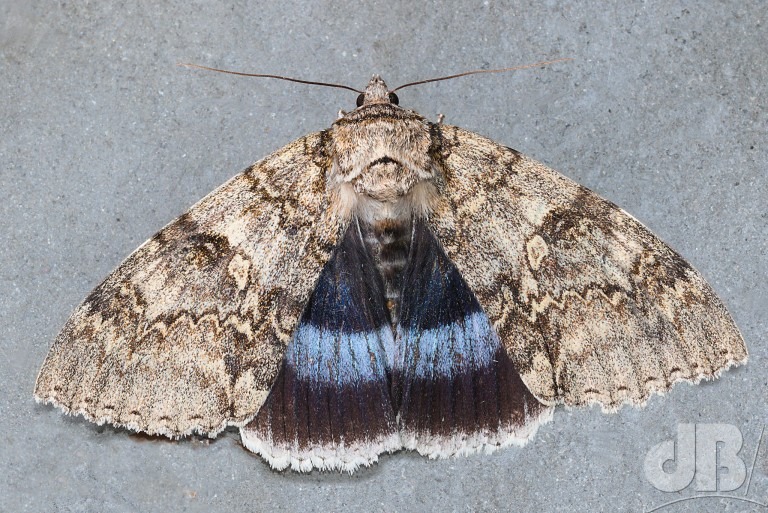Keep your eyes peeled for this mighty moth. It’s been out and about in our village of Cottenham since August and was present in Herts and Beds and Cambs, more widely. It used to be a fairly common species but pretty much went extinct in the mid-20th Century sadly and was spotted only very occasionally in Norfolk and Kent until very recently. It remains an elusive and rare creature with its shimmering blue hindwings.

It’s called the Clifden Nonpareil and was something of a favourite of naturalists long before the Industrial Revolution. The name comes from Cliveden House where it was first noted by those naturalists on an ash tree, although its caterpillars feed on aspen. The “nonpareil” means incomparable.
It is sometimes known as the Blue Underwing for the blue markings on its hind wings which are hidden under its forewings when it roosts. Its scientific name is Catocala fraxini, the fraxini meaning ash and a bit of a misnomer (given it feeds on aspen). The Catocala is a term invented by the naturalist Linnaeus from the Greek kato for behind and kalos meaning beautiful, so beautiful hindwing.

There are several other species in the Catocala grouping, Red Underwing (first one in our garden in 2019) and Dark Crimson Underwing (new for the garden, NFG, in 2020) have also been on the wing in this part of the world. The Light Crimson Underwing seems confined to the New Forest for the time being as was the Dark Crimson until recently.
It is not known for sure why some species are changing their habits, but with vultures in Derbyshire and on the North Norfolk coast too, we can definitely say things are changing and it is most likely down to climatic changes that have occurred since the aforementioned Industrial Revolution.
You can read more of my moth musings and see more of my photos on the Sciencebase site